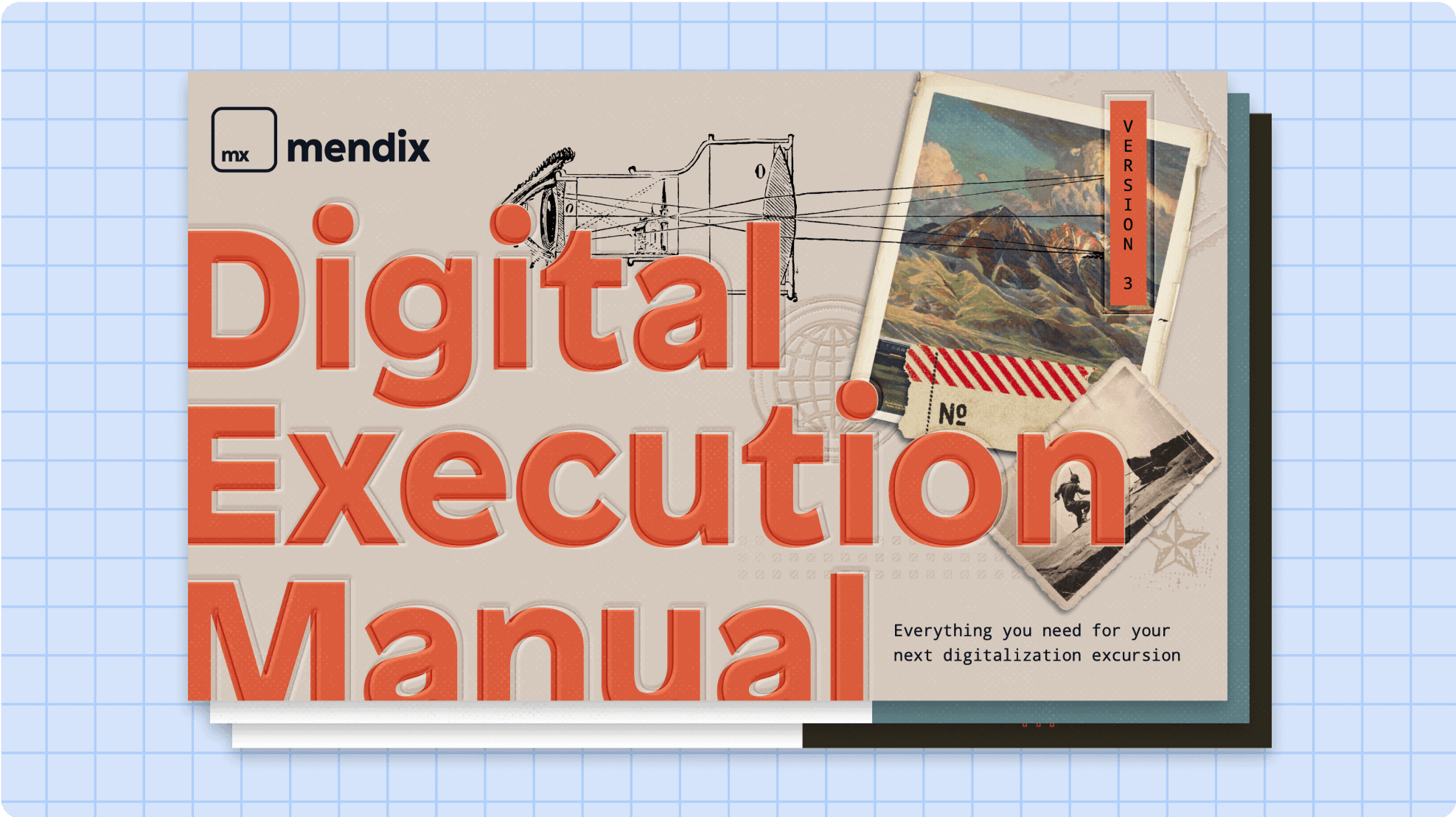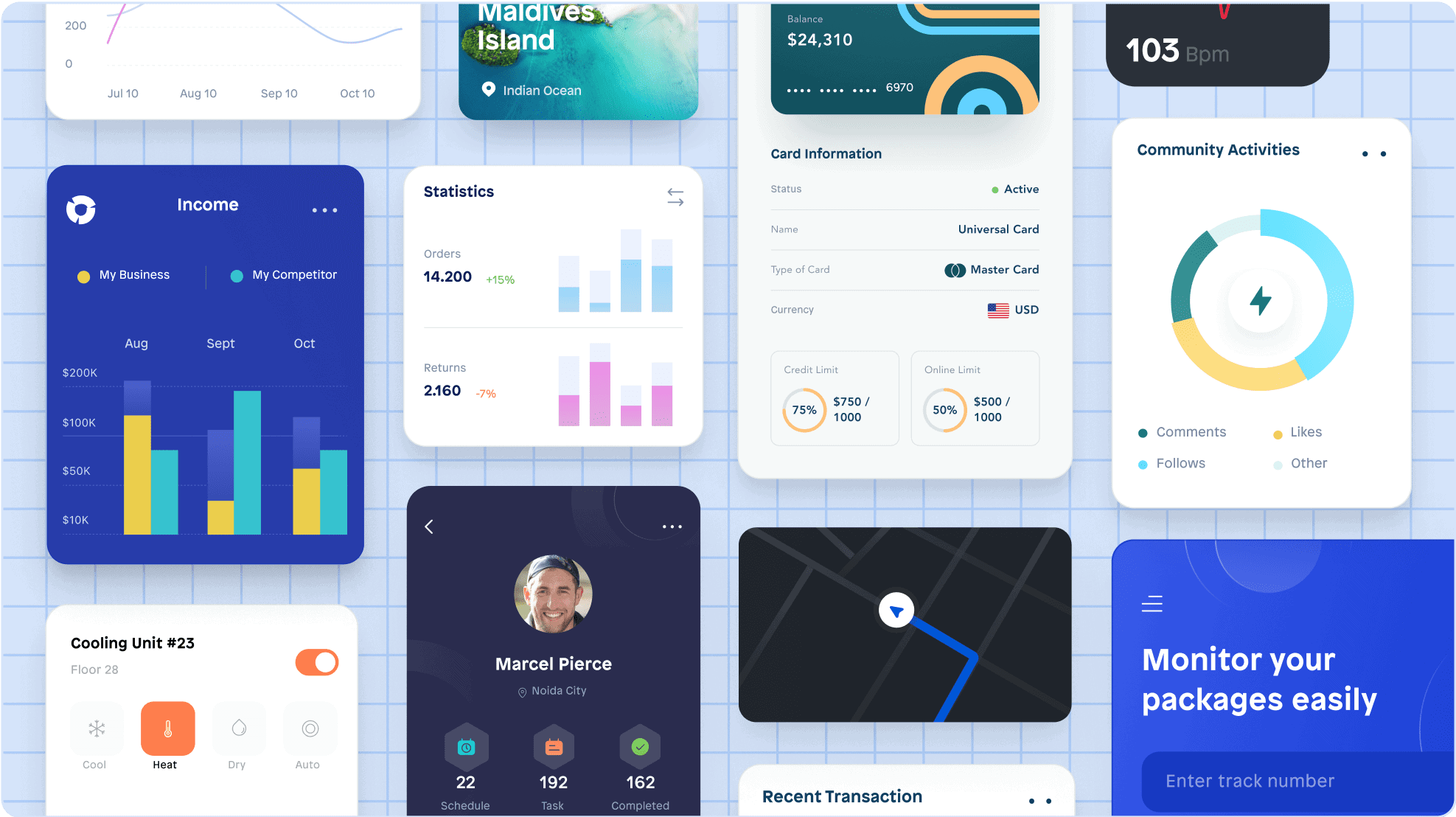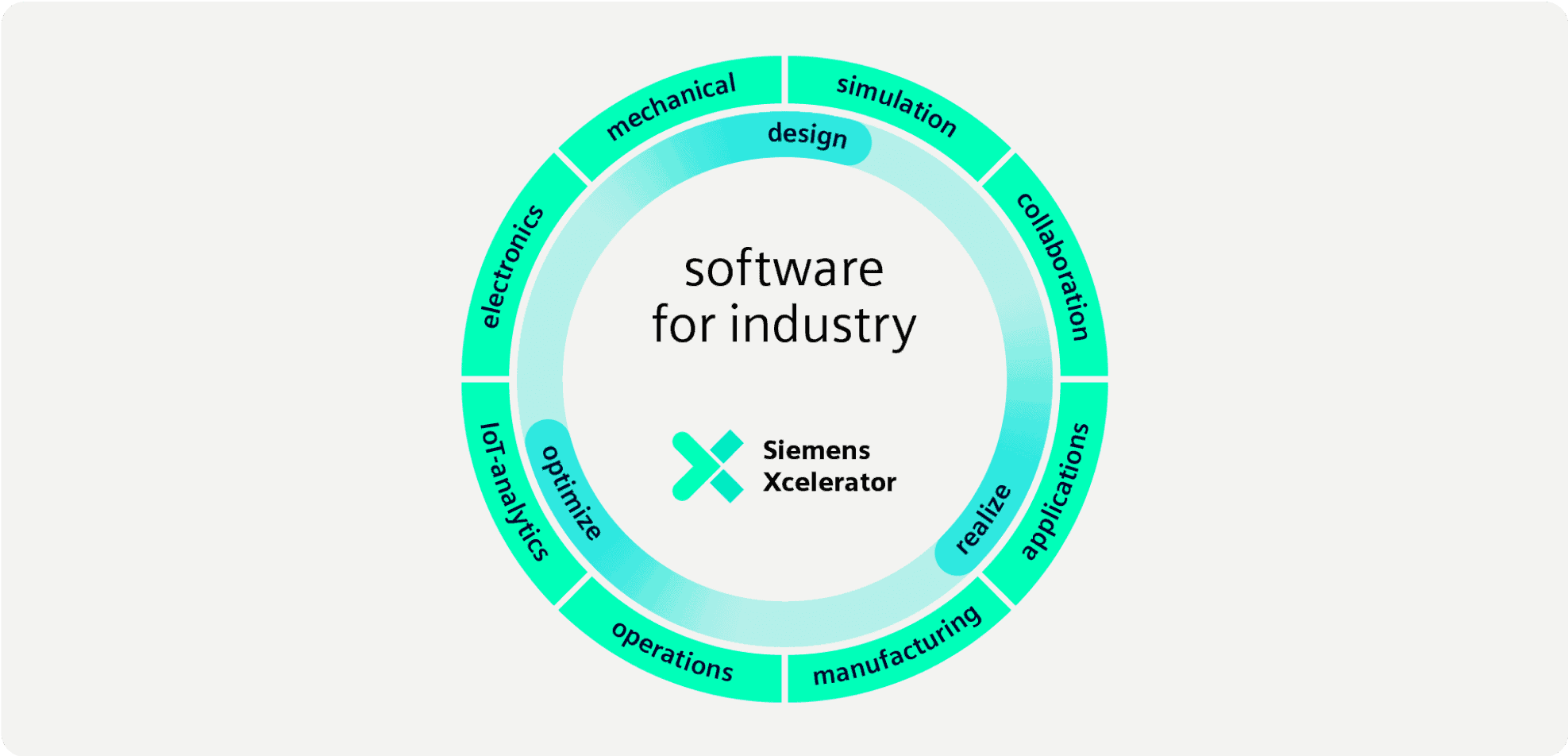Why do customers choose Mendix over other low-code platforms?
A single comprehensive platform
Mendix is the most comprehensive low-code platform, empowering teams to deliver the most valuable outcomes with the fewest number of tools and the least specialized staff.
In one powerful platform, Mendix offers the most comprehensive approach to low-code software development, from a unified toolset across capabilities, functional domains, and complex use cases; to complete coverage of the SDLC. Mendix offers fusion teams a platform for business technologists, product owners, high coders to collaborate in delivery of enterprise software.

Continuous collaboration
Mendix supports continuous collaboration with best-in-class collaboration tools for all stakeholders and contributors to software development.
Mendix enables deep collaboration among diverse stakeholders for efficient software portfolio delivery, from product owners to business technologists to high-code developers. By facilitating communication and co-creation throughout the innovation journey, from ideation to product delivery, Mendix ensures minimal rework and accelerated digital execution.
Our digital collaboration tools empower cross-functional teams to plan, manage, and co-create applications that align with business demands, mitigating development risks and injecting stakeholder input into the development loop.

Flexible deployment options
Mendix offers the most flexible deployment options in the industry.
DevOps teams have the choice, control, and flexibility to deploy each application to the infrastructure model and vendor that best meets its requirements.
Infrastructure options span public cloud, private cloud, hybrid cloud, edge, on-premises, and air-gapped environments. Vendors include AWS, Azure, GCP, SAP, Red Hat OpenShift, and FedRAMP-certified targets. Our platform-agnostic approach allows for easy integration with an organization’s existing tech stack while providing a smooth one-click deployment experience that adapts to changing business needs and fluctuating user demands.

Digital execution practice
Mendix’s expertise extends to a Digital Execution Methodology.
We provide a comprehensive methodology to scaling a low-code development practice based on over a decade of experience. Increasingly, this expertise is embedded in the platform, encouraging teams towards best practices for team configuration, ideation prioritization, development, and establishing structures like a Center of Excellence or App Factory.

Best-in-class UX
Mendix enables teams to provide best-in-class user experiences.
To have loyal and satisfied customers and employees, companies need to provide seamless and consistent experiences across various touchpoints to meet customers where they are throughout their journey. Mendix empowers you to build the broadest range of consumer-grade user experiences across multiple devices and modalities (native mobile, web browser, immersive (AR/VR) and conversational chatbots), all from a single platform and skillset.

Smart governance
Mendix provides complete visibility and control across the development cycle and your application landscape.
Mendix offers smart governance tools and controls for every stage of the application lifecycle. Control investment and risk by ensuring the secure, compliant, and effective use of low-code application development, even in the most complex enterprise scenarios.
A single team can manage development, deployment, and operations, reducing costs and driving efficiency. Manage software dependencies and security risks centrally and gain visibility into development activities to ensure enterprise standards are being met. With a combination of reactive, preventative, and defensive controls, Mendix complies with numerous third-party security certifications and assurance reports and handles known security threats in both the runtime and cloud.

Industrial expertise & Siemens stability
Mendix provides industrial expertise through Siemens ownership.
As a Siemens-owned business, Mendix offers unparalleled access to expertise and solutions that accelerate digital transformation for industrial customers. Whether it’s connecting IT and OT systems into a singular view, deploying factory automation at the edge, crafting a digital thread, or personalizing capabilities across Siemens’ entire Xcelerator portfolio, Mendix is empowering industrial customers to digitalize their businesses.
